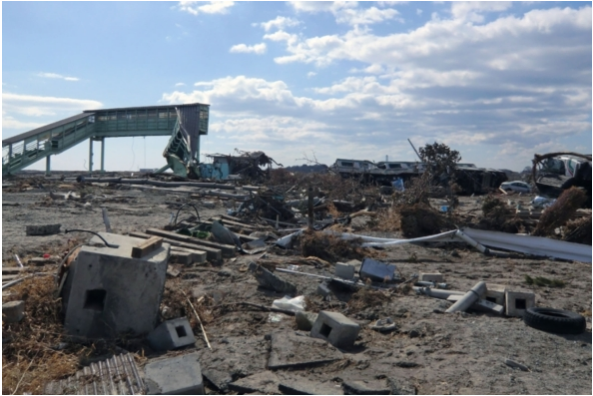
Slow Quakes Add Clues for Forecasting Terrible Tremors
for Scientific American(For the full version, click here)
Deep below the surface of the ocean and the floor below it there is a gentle, slow and nearly silent phenomenon that for decades has remained invisible to geologists. Discovered in the 1990s, so-called “slow-slip events” or just “slow earthquakes” are gentle ruptures in fault lines that may play a role in large, more destructive quakes.
In a new report this week in Science, seismologists say that whereas slow quakes may not predict big, dangerous ones in the way a weather forecaster can predict a hurricane days before it hits, the slow movements may still tell them about earthquake dynamics and when a fault system has become dangerous. “Slow earthquakes may function as stress meters,” Aitaro Kato, a seismologist at the University of Tokyo and a co-author of the Science review, wrote in an e-mail.
“The discovery of slow earthquakes and our ability to study with modern technology has really opened up a whole new chapter in how we look at faults and their mechanics,” says Roland Bürgmann, a seismologist at the University of California, Berkeley whose work linking slow earthquakes to larger ones was cited in the paper.
Earthquakes often occur as plates of the planet’s crust push against each other, building up pressure in the boundary area until eventually it rips all at once in a potentially violent adjustment, called a megathrust. It turns out that occasionally those faults will also shift more slowly—on the order of a few centimeters over days, months or years, which is still faster than normal plate movement.